本文来自阅读极客时间专栏《左耳听风》89 程序员练级攻略:UI/UX设计 文章中的推荐阅读
** 原文链接:https://www.figma.com/blog/eighteen-designers-predict-ui-ux-trends-for-2018/ **
Designers are always looking toward the future — in our “build and ship it now” industry we’re programmed to iterate ad finitum. In the end, a designer’s obsession always circles back to one simple question: How can we improve the user’s experience? 设计师总是在展望未来-在我们的“现在制造和推广”行业中,我们被编程为迭代定义。最后,设计师的痴迷总是绕回到一个简单的问题上:我们如何才能改善用户体验?
With that in mind, Figma asked 18 designers what UI/UX trends they predict for 2018. December, with its flurry of holiday parties, cheery OOO auto-replies and introspective weather patterns, provided the perfect opportunity to pause and survey the landscape. 考虑到这一点,Figma询问了18位设计师,他们预测2018年的用户界面/用户体验趋势。12月,伴随着节日派对的风潮,欢快的OOO自动回复和反省的天气模式,提供了一个完美的机会来暂停和调查景观。
Designers were culled from a few different sources: those who attended last month’s Figma sponsored design systems dinner, speakers at this year’s Clarity Conference and friends of the Figma family. You’ll read through opinions from designers who work anywhere from Facebook to Google to Airbnb. We even crowdsourced Twitter, receiving 61 thoughtful responses that were much appreciated. 设计师们被从几个不同的来源中挑选出来: 那些参加了上个月 Figma 赞助的设计系统晚宴的人,今年 Clarity 大会的演讲者,以及 Figma 家族的朋友。 你可以阅读从 Facebook 到 Google 再到 Airbnb 的设计师们的意见。 我们甚至把 Twitter 众包出去,收到了61条深思熟虑的回复,这些回复都非常令人感激。
Like a collective hive brain, many designers touched on similar topics, from accessibility and ethical accountability, to collaborative design. 像一个集体蜂巢大脑一样,许多设计师也谈到了类似的话题,从可及性和道德责任,到协同设计。
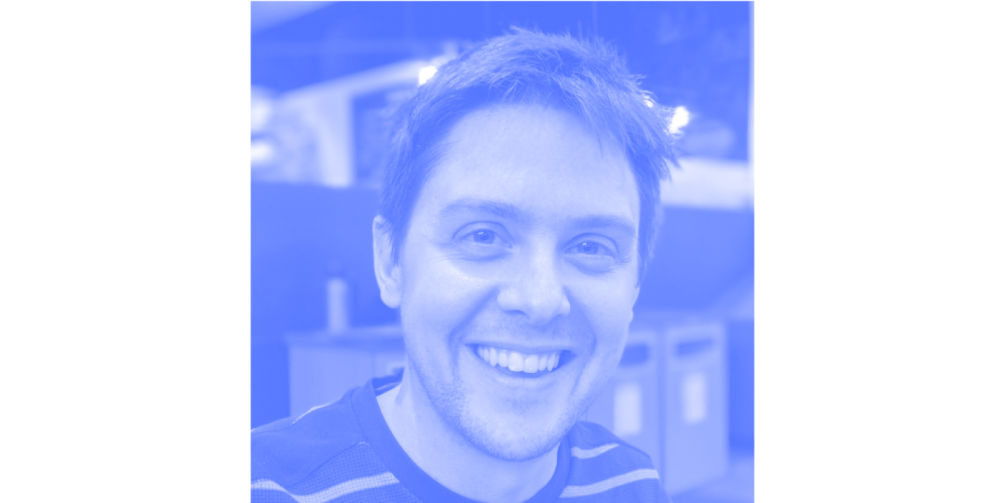
“I really hope 2018 is the year designers commit to designing with accessibility in mind. We need to stop using ultra light grays for essential elements, we need to stop animating every single pixel just because it looks nice, and we need to stop making it harder on people to understand the content of a page only because we want to prove ourselves as designers.” “我真的希望2018年是设计师们致力于设计时考虑到无障碍性的一年。 我们需要停止使用超轻灰色作为基本元素,我们需要停止仅仅因为每个像素看起来漂亮就对其进行动画处理,我们需要停止仅仅因为我们想证明自己是设计师就让人们更难理解页面的内容。”
Hubert Florin, Product Designer at Slack 休伯特 · 弗洛林,Slack 的产品设计师
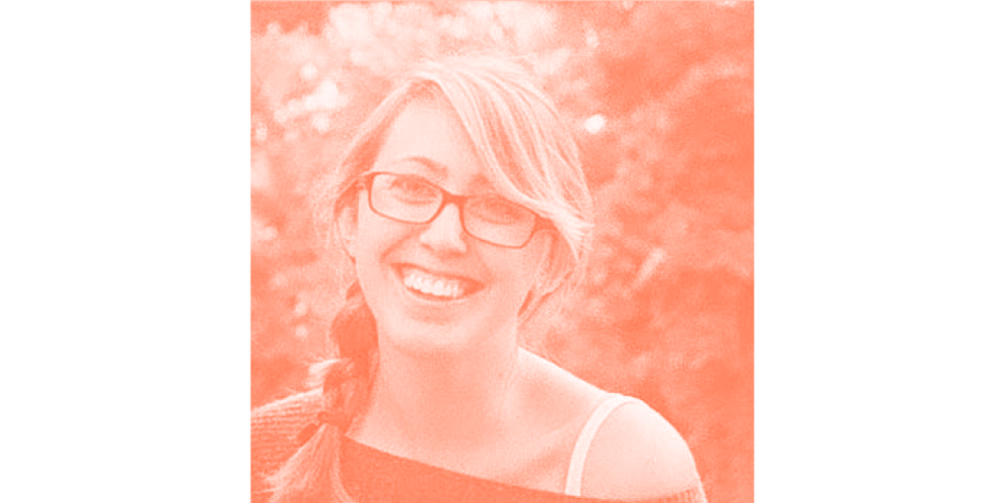
“Whether or not designers code, I think that design teams will start to collaborate a lot more like engineering teams. That might include design reviews akin to code reviews, design tools that function like code linters, or an uptick in open source design patterns. What would software be like if all open source engineering projects had design equivalents driving industry standards in user experience or information design?” “无论设计师是否编写代码,我认为设计团队将开始更像工程团队一样合作。 这可能包括类似于代码审查的设计审查,功能类似于代码短片的设计工具,或者开源设计模式的提升。 如果所有的开源工程项目在用户体验或信息设计方面都有驱动行业标准的设计等价物,那么软件会是什么样子呢?”
Jules Forrest, Senior Product Designer at Credit Karma 朱尔斯 · 福里斯特,Credit Karma 高级产品设计师
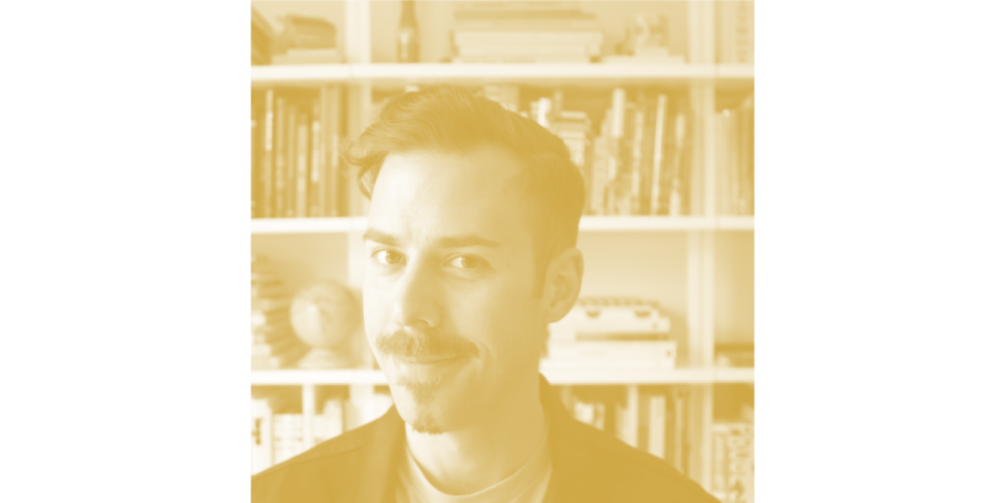
“My hope is UX/UI designers become more aware of their influence in 2018 and take into greater account the ethical ramifications of their design choices for the people that use their products.” “我希望用户体验 / 用户界面设计师在2018年能够更多地意识到他们的影响力,更多地考虑他们的设计选择对使用他们产品的人的道德影响。”
Tim Belonax, Lead Designer at Pinterest. Pinterest的首席设计师 Tim Belonax
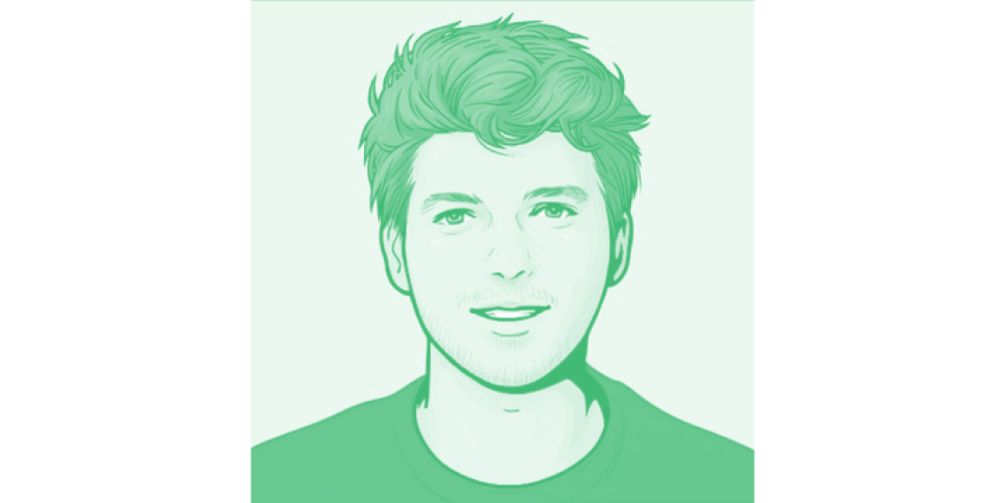
“Unfortunately I predict increased reliance on prescribed design systems (I.e. Material, Fluent) without questioning them.” “不幸的是,我预测会越来越依赖规定的设计系统(即 Material,Fluent) ,而不去质疑它们。”
Johan Ronsse, UI/UX Designer and Partner at Mono Design Johan Ronsse,ui / ux 设计师,Mono Design 合伙人
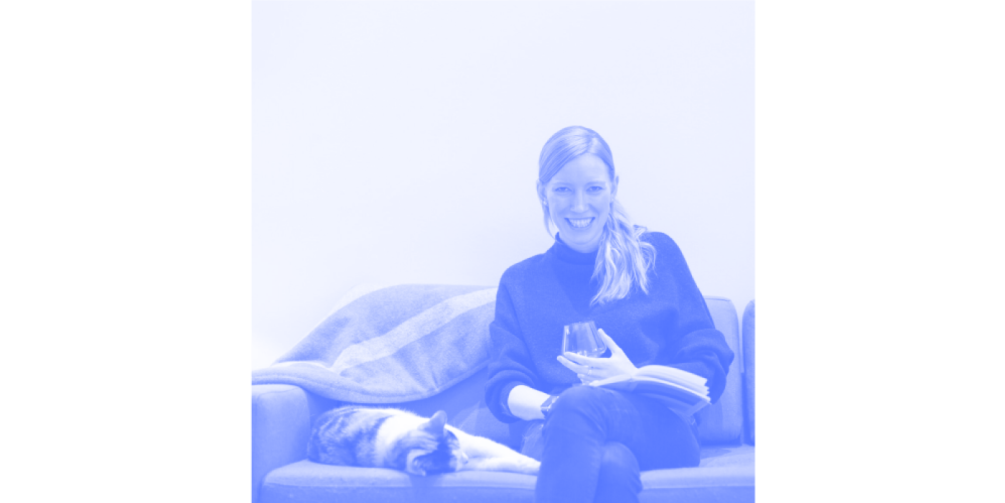
“In 2018, I think we’ll see design and development tools continue to converge, with more centralized tools helping to design and build systems to work with whatever technology or platform you need. We’ll see CSS grid, custom variables, and frameworks like Vue and React bring new possibilities and greater efficiencies to design implementation — I hope this creates the space to spend more time designing responsibly, and building more inclusive experiences.” “在2018年,我认为我们将看到设计和开发工具继续融合,更多的集中化工具帮助设计和构建系统,以满足您所需的任何技术或平台。 我们将看到 CSS 网格、自定义变量,以及 Vue 和 React 等框架为设计实现带来了新的可能性和更高的效率ーー我希望这能创造空间,让我们花更多时间进行负责任的设计,构建更具包容性的体验。”
Diana Mounter, Design Systems Manager at GitHub 戴安娜 · 蒙特,GitHub 设计系统经理
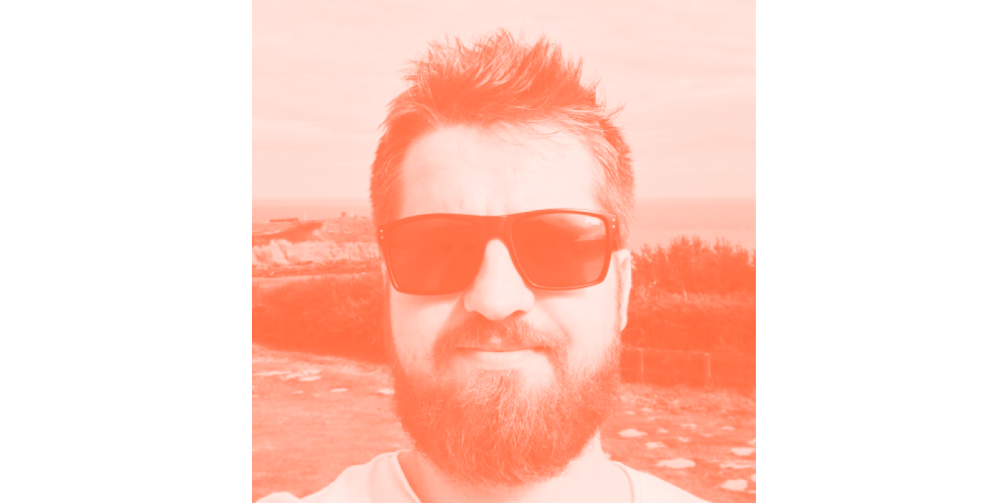
“The one trend we all need, but is not likely to take the industry by storm or even make headlines, is design for accessibility and inclusive design. There’s a lot of work in that area and barely anyone wants to touch it. #accessibility” “我们都需要的一个趋势是无障碍设计和包容性设计,但这个趋势不太可能席卷整个行业,甚至不会成为头条新闻。 那个领域有很多工作,几乎没有人愿意去碰它。 # 无障碍”
Matthew Morek, UI/UX Design Consultant Matthew Morek,ui / ux 设计顾问
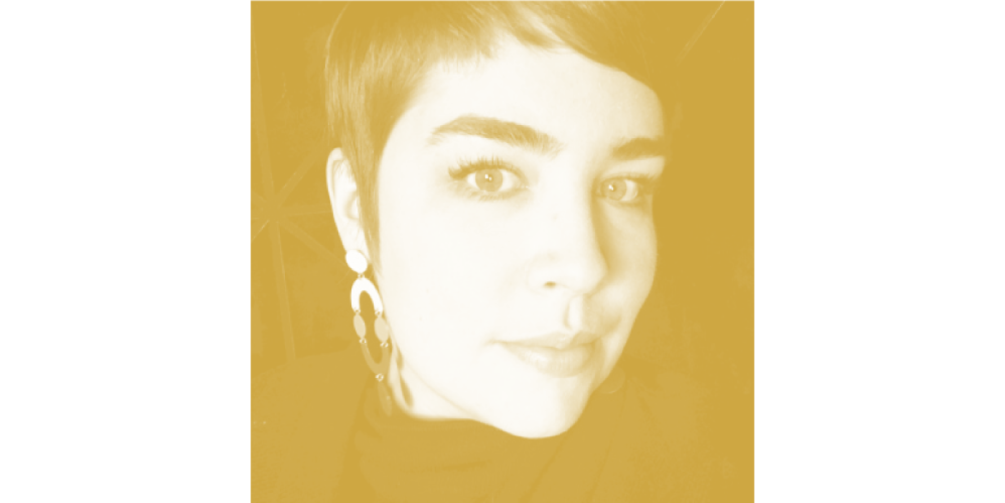
“Design that matters most is design that solves real human problems. Forward looking, I see design playing a major role in how we tackle the big, nasty issues in society. Design will become more political, more accessible, and a toolset that affects real change.” “最重要的设计是解决真正的人类问题的设计。 展望未来,我认为设计在我们如何处理社会中的重大问题上扮演着重要的角色。 设计将变得更加政治化,更加易于理解,并成为影响真正变化的工具集。”
Michelle Morrison, Design Program Manager at Facebook 米歇尔 · 莫里森,Facebook 设计项目经理

“Modern design tools will become approachable enough that more people will be able to contribute to the design process on a level-playing field. We’ll think of “designers” less as an isolated role, but as a thing many people contribute to.” “现代设计工具将变得足够容易接近,更多的人将能够在公平竞争的环境中为设计过程做出贡献。 我们不会把“设计师”看作是一个孤立的角色,而是许多人为之贡献的东西。”
Noah Levin, Design Manager at Figma 诺亚 · 莱文,Figma 设计经理
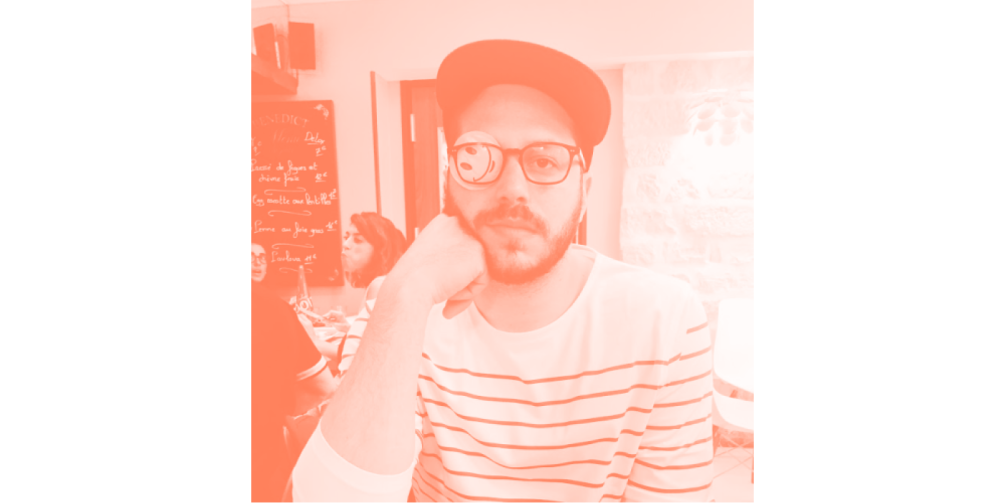
“Can I quote I Heart Huckabees? The interconnection thing is definitely for real.” “我可以引用笑看人心的话吗? 互连这件事绝对是真的。”
Zachary Gibson, Material Design Creative Lead at Google 扎卡里 · 吉布森,谷歌材料设计创意主管
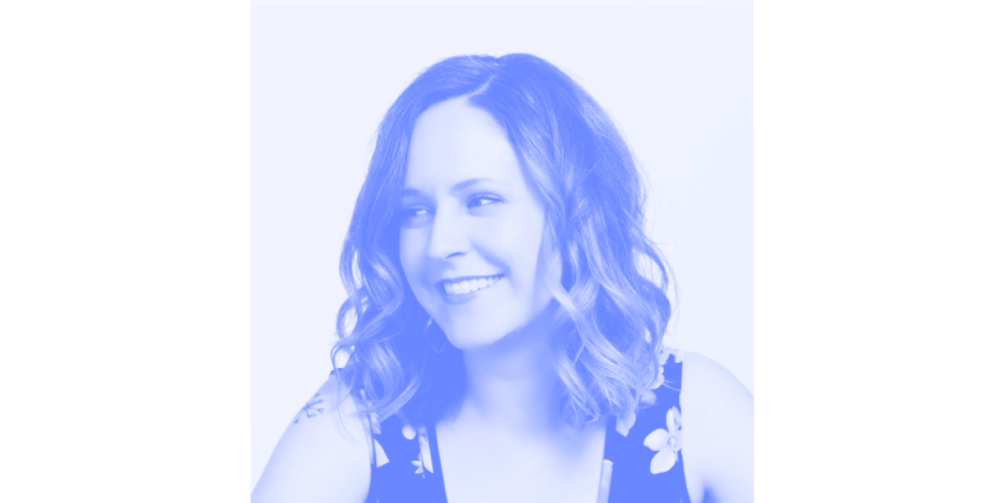
“We’ve given the word “empathy” a lot of deserving fanfare in the last few years, and next we’ll need to add to that rally-cry with ‘ego-less.’ Many still find it uncomfortable to invite “non-designers” into their headspace and discover that their best design is ultimately 90% (or more) other peoples’ input and 10% (or less) their own ideas, but the most successful teams and companies have known this about design for a long time.” “在过去的几年里,我们已经为“同理心”这个词大张旗鼓地宣传了很多次,接下来,我们需要用“没有自我”来加强这种集会式的呐喊 许多人仍然觉得邀请“非设计师”进入他们的思维空间并发现他们最好的设计最终是90% (或更多)其他人的投入和10% (或更少)他们自己的想法是不舒服的,但是最成功的团队和公司早就知道这一点。”
Nicole Tollefson, Lead Designer at Atlassian Buyer Experience Nicole Tollefson,Atlassian 采购经验的首席设计师
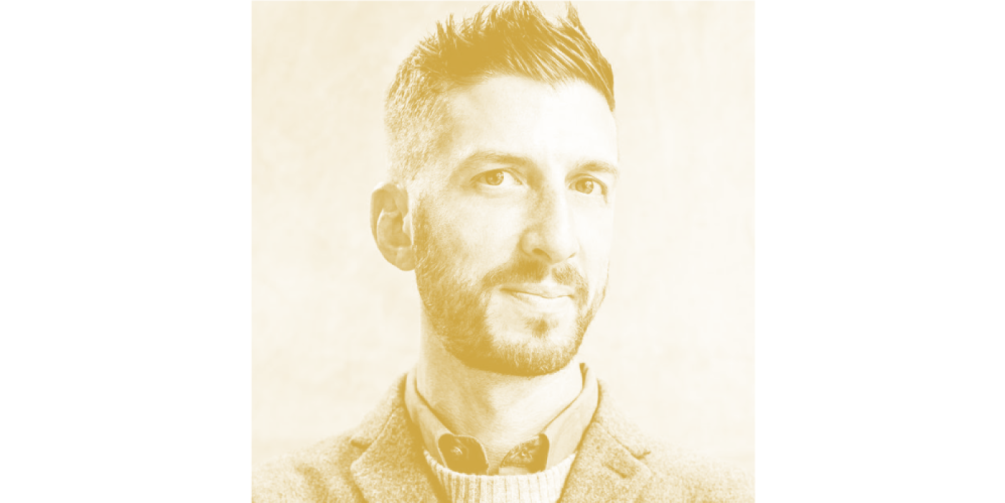
“It’s becoming increasingly critical to hone our people skills — the stuff that persists amidst so much change. This means we’ll listen and collaborate more with each other; ensure diverse, cross-team voices are present and heard throughout our work; and cultivate optimal environments for optimal performance. Underneath every tech problem is a people problem.” “磨练我们的人际交往技能变得越来越重要——这些技能在如此多的变化中依然存在。 这意味着我们将更多地相互倾听和协作; 确保不同的、跨团队的声音在整个工作过程中都能被听到; 培养最佳的工作环境。 每个技术问题的背后都有一个人的问题。”
Josh Silverman, Design Producer at Twitter 乔什 · 西尔弗曼,Twitter 设计制作人
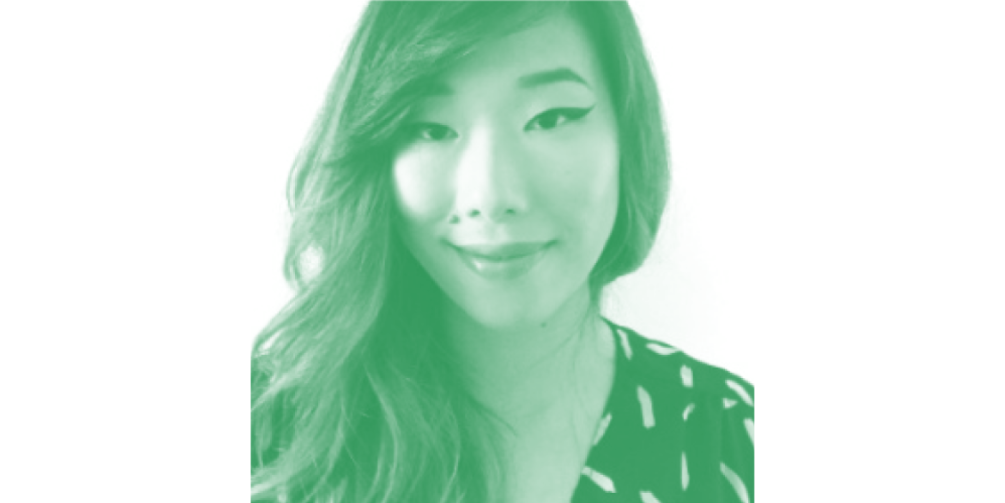
“I see future designs integrating the real world in a big way. Whether that’s through hardware sensors, alternate reality, or context-driven UI — designers will understand design lives outside of a screen. Designs will dynamically react to the environment around them and will take full advantage of hardware capabilities.” “我预见未来的设计将以一种很大的方式整合现实世界。 无论是通过硬件传感器、虚拟现实还是上下文驱动的用户界面ーー设计师都将理解屏幕之外的设计世界。 设计将根据周围的环境动态地做出反应,并充分利用硬件功能。”
Linda Dong, Design Manager at Lyft 设计经理 Linda Dong

“As tooling catches up to the prevailing winds of design systems, it will be easier to collaborate and evolve the expression of a brand through a design system. This will allow designers to work at a higher fidelity earlier in the product process — improving decision making and lowering the cost to produce great digital work.”
Lucas Smith, Design Technologist at Airbnb 卢卡斯 · 史密斯,Airbnb 设计技术专家
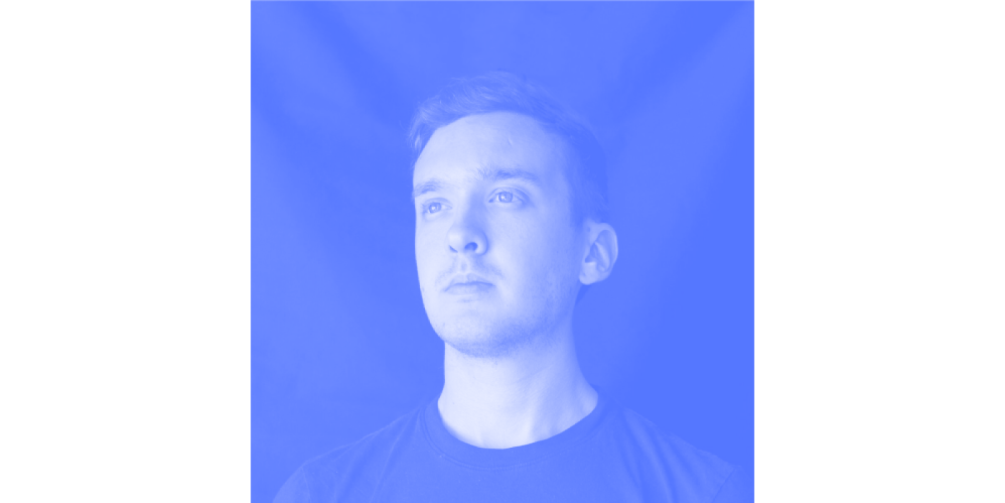
“The next monumental shift in design requires us to think of design systems as a service and not a product. We tend to think of a design system as a “product serving products,” but I think that does a disservice to the relationships, negotiation, compromise, and human interaction that makes working on systems so challenging and rewarding.” “设计的下一个重大转变要求我们把设计系统看作是一种服务,而不是一种产品。 我们倾向于认为设计系统是一个“为产品服务的产品” ,但是我认为这对人际关系、谈判、妥协和人际交往是有害的,而这些使得系统的工作变得如此具有挑战性和回报性。”
Daniel Eden, Product Designer at Facebook 丹尼尔 · 伊登,Facebook 产品设计师

“We will continue to see the rise of design systems in response to scaling design teams, templatization, and increased reliance on machine learning and AI-based content. Designers will add procedural literacy and algorithmic thinking to their skillsets to meet the needs and manifest the desires of people.” “我们将继续看到设计系统的崛起,以应对缩放设计团队、模板化、以及对机器学习和基于 ai 的内容的更多依赖。 设计师将在他们的技能中加入程序素养和算法思维,以满足人们的需求和实现人们的愿望。”
Jerel Johnson, Sr. Product Designer at Backpack Health 背包健康公司高级产品设计师杰瑞尔 · 约翰逊
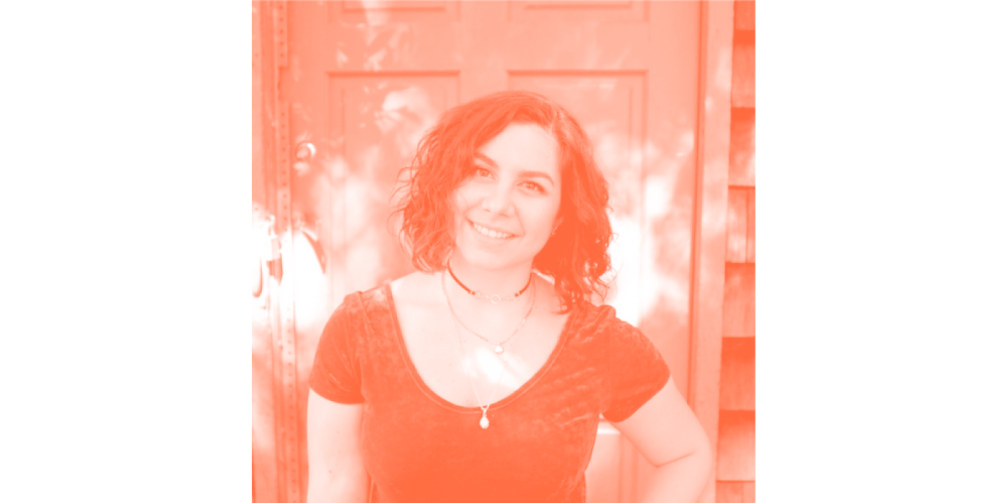
“I think we’ll see a lot more creativity in interfaces in the coming year as we move away from flat design, with interaction and accessibility in mind.” “我认为,随着我们逐渐远离扁平化设计,将交互性和可访问性考虑在内,未来一年我们将在界面上看到更多的创造力。”
Una Kravets, Sr. UI Engineer at DigitalOcean Una Kravets DigitalOcean 的高级 UI 工程师
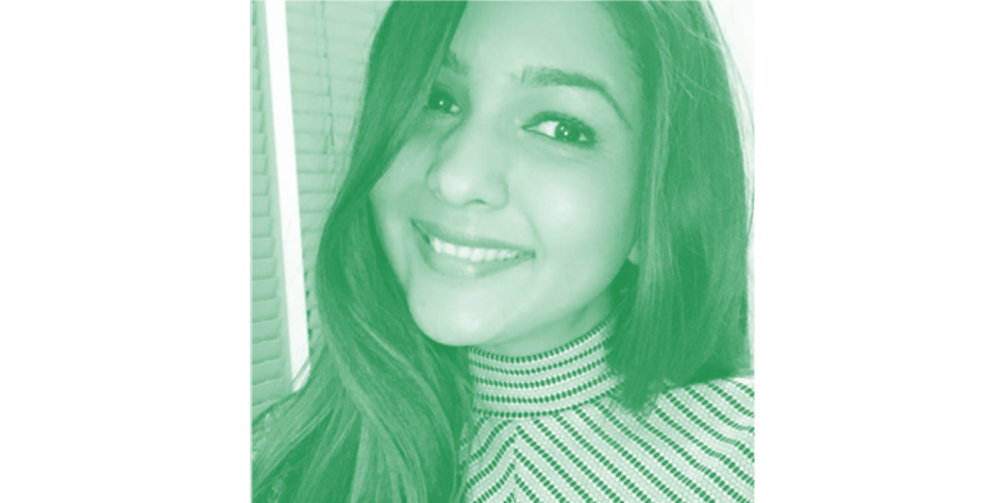
“Design trends for the next year will definitely include, just like this year, an uptick in design systems. More and more companies are learning the benefits of systemizing design, especially how it bridges the gaps between product, design, and engineering. Also, I feel like 3D modeling and 3D visualizations are continuing to grow in popularity. I can imagine showing depth in UI will be trendy as a result of that.” “明年的设计趋势肯定会包括,就像今年一样,设计系统的上升。 越来越多的公司正在学习系统化设计的好处,尤其是它如何在产品、设计和工程之间搭建桥梁。 此外,我觉得3 d 建模和3 d 可视化正在持续增长的普及。 我可以想象在 UI 中显示深度将会成为时尚的结果。”
Isha Kasliwal, Senior UI/UX Designer/Developer at Twitch Isha Kasliwal,Twitch 高级 ui / ux 设计师 / 开发人员
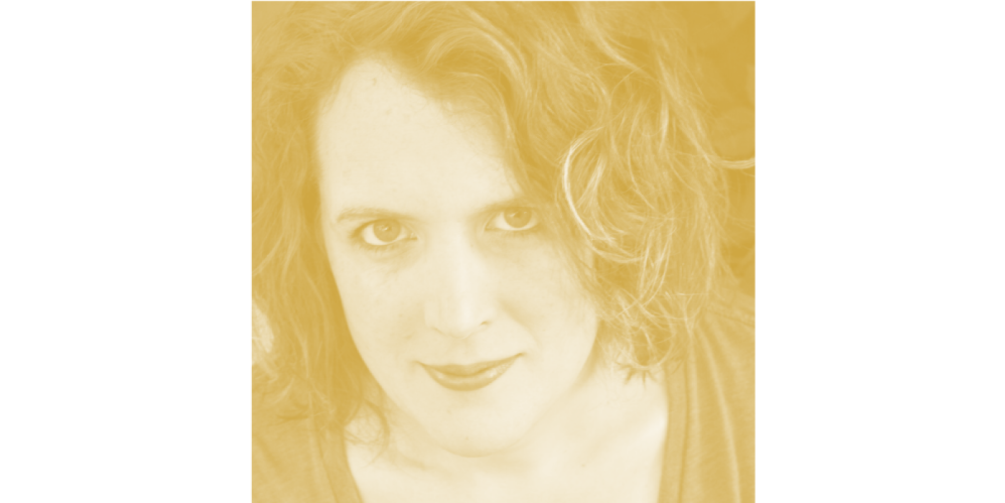
“There’s a lot to be excited about in CSS — integrating new tools, like Grid and Custom Properties, with existing features like Calc and Viewport Units. Modern CSS allow a new level of interaction, responsiveness, and data-visualization that previously required extensive Javascript involvement. I’m excited to see what new trends grow out of that technology.” “在 CSS 中有很多令人兴奋的东西ーー集成新的工具,如 Grid 和 Custom Properties,以及现有的特性,如 Calc 和 Viewport Units。 现代 CSS 允许一个新的层次的交互、响应和数据可视化,以前需要大量的 Javascript 参与。 我很高兴看到这项技术带来了什么新的趋势。”
Miriam Suzanne, Designer and Developer at OddBird 米里亚姆苏珊娜,OddBird 的设计师和开发人员
An honorary mention goes to… 获得荣誉提名的是..